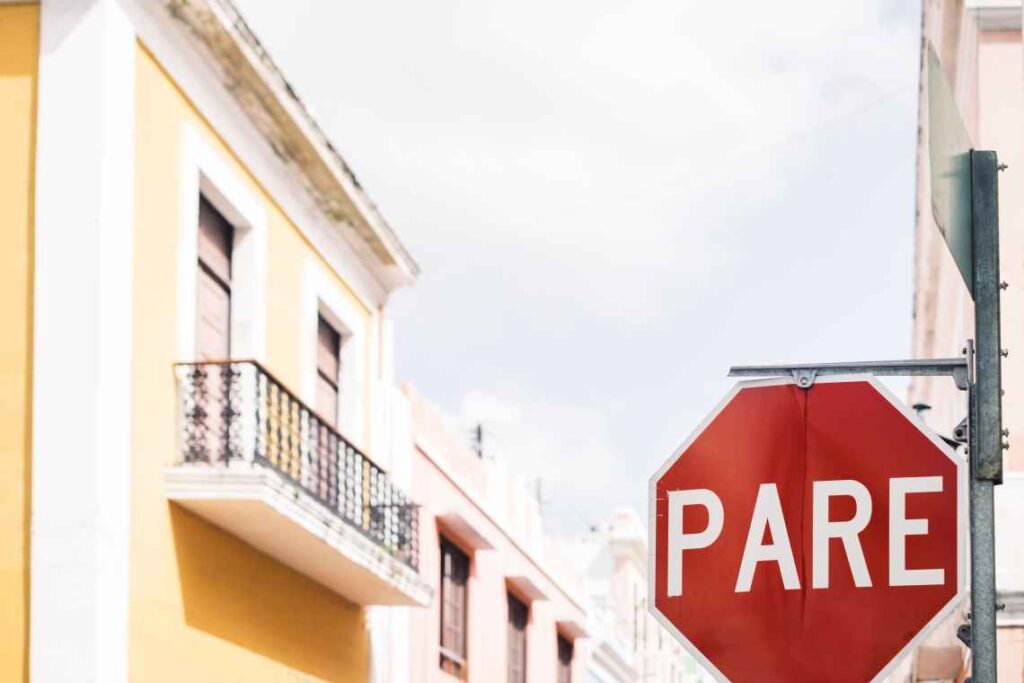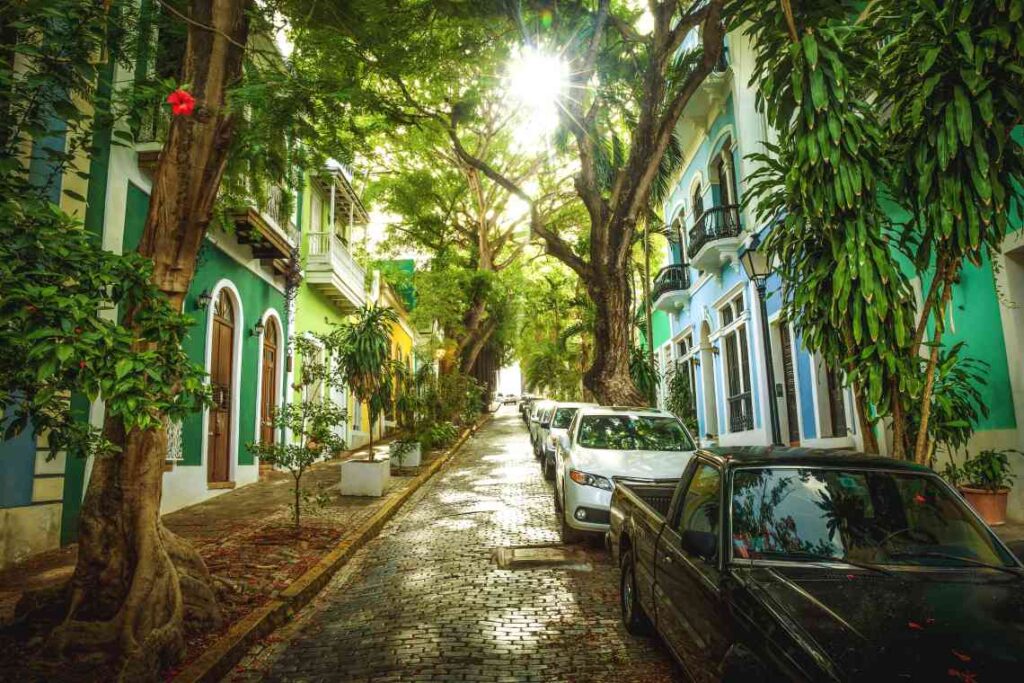Since Puerto Rico is relatively large compared to other Caribbean islands and there is so much to do and see, renting a car in Puerto Rico is a great way to explore. With exotic car rental from SIXT, make your trip to Puerto Rico unforgettable for lifetime. No matter what you have in store for your stay, whether it be surfing at Rincon, exploring the Rio Camuy Caves or taking in Ponce’s Historic Center, your SIXT car rental will have you covered — and these driving tips for Puerto Rico will get you ready.
Driving Rules and Regulations
General
- Drive on the right-hand side of the road.
- Use the left lane for passing.
- Always wear your seatbelt.
- Avoid drinking and driving; alcohol blood levels must be below 0.08.
- Avoid texting while driving — it is illegal.
- Avoid speeding, as there are speed cameras throughout the island.
- Have a valid driver’s license held for at least 1 year, and an international driving permit may be required for drivers other than U.S. citizens.
While driving in Puerto Rico, bear in mind that:
- Road signs are universal, but in Spanish.
- Roads are mostly paved, although in rural areas they are sometimes narrow and you will have to pay attention to oncoming vehicles.
- There are placed speed bumps and frequent potholes.
- Sometimes streets have more than one name.
- Gas prices will be listed in liters and distances in kilometers.
- The San Juan area is very congested so leave ample driving time. Rush hour going into San Juan is generally from 6-9 am and from 4-7 pm.

Speed limits
The following are the speed limits in Puerto Rico:
- Within urban areas, speed limits are generally 40 km/h (25 mph) unless otherwise noted.
- In rural areas, the speed limits are 70 km/h (43 mph).
- In school zones, the maximum speed limits are 25 km/h (15 mph), which are strictly enforced during school pick-up and drop-off hours.
- On the highway, the speed limits are 100 km/h (62 mph).
Passing, turning and parking
Other driving tips for Puerto Rico include how to pass, turn and park. You can pass other drivers on the right-hand side and use the left-hand lane for passing. You are supposed to use your blinkers to indicate your turn, however, drivers do not always use their signals and may cut in front of you without warning or try to cross multiple lanes of traffic. The same is true for motorcycles, so the best plan of action is to drive with caution. You can also turn right at a red light unless signs indicate differently.
Parking
The following are the parking options in Puerto Rico:
- Free street parking: You might have the most luck finding free parking on the street early in the morning and on the weekends. When parking on the street, look for curbs without coloring. Avoid curbs that are painted blue (handicapped spots), red (fire zone) and yellow (taxi pick-up and drop-offs).
- Metered street parking: Where free street parking is not available, especially in the city center, some metered spots are marked by white and yellow signs that say “Estacionamiento Pagando Metro.” Be cautious of keeping the meter fed since they are regularly enforced. A ticket for a meter running out is $35.
- Parking garages and lots: If you don’t have luck with either of the previous options, garages are often quite affordable. In Old San Juan the most well-known include Paseo Covadonga ($1/hour. Open: Midnight – 6 AM), Estacionamiento Doña Fela ($1.50/hour, Open: 24 hours), Calle Norzagaray ($2/hour, Open: 24 hours), and La Cochera Parking Garage ($5/hour, Open: 24 hours).

Right of way
- Intersections: Drivers on the left should yield to drivers on the right, unless on a public road with through traffic. If drivers want to turn left, they should yield to oncoming traffic.
- Hills: Drivers traveling downhill should yield to drivers traveling uphill.
- Traffic circles: Drivers should yield to drivers already in the traffic circle.
- Stop signs: Drivers who arrive first at the stop sign have right of way.
Tolls
Be sure to ask your SIXT car rental office about an electronic stamp called Autoexpreso for paying for tolls in Puerto Rico. You can also pay in cash in some tolls, but Autoexpreso will save you the hassle. You will need to pay tolls to use Puerto Rico’s main highways, including:
- Puerto Rico Highway 5, the principal highway in the capital of San Juan.
- Puerto Rico Highway 17, which connects with the Luis Muñoz Marín International Airport.
- Puerto Rico Highway 20, which connects with Guaynabo and Aguas Buenas.
- PR-22 toll, which connects San Juan and Hatillo.
- Puerto Rico Highway 52 (PR-52), which connects the south areas of the island.
- Puerto Rico Highway 53, which connects Fajardo to Salinas.
- Puerto Rico Highway 66, which connects Carolina with Río Grande.
Emergency numbers
Call 911 for all life-threatening emergencies from fire to accidents. For all other non-emergency matters, including theft, you should contact the Puerto Nuevo Police Department: 787-782-1050, 787-782-0298
Car rental with SIXT
These driving tips for Puerto Rico will leave you more prepared to face the roads, your first step to booking a car rental from SIXT. You can rent a sedan for a trip exploring the Old San Juan neighborhood with its beautiful colonial buildings and impressive fortresses. Or choose an SUV for longer stays to visit the island’s natural wonders, like the popular Flamenco Beach or the El Yunque National Forest. SIXT also provides weekly cars on rent at affordable prices.